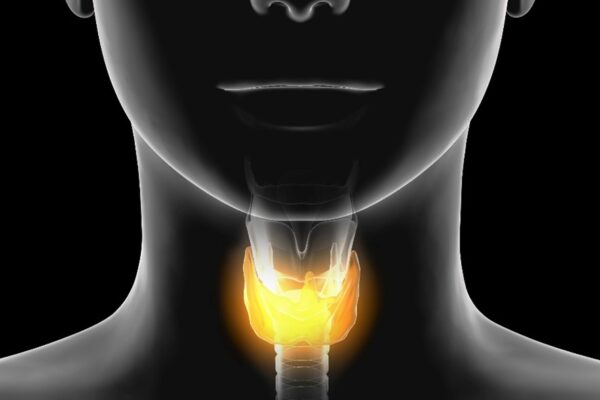
Around 30.3 million Americans (9.4%) have diabetes, with another 84.1 million diagnosed with prediabetes, which leads to Type 2 within five years if left alone. But it’s well-documented that conventional treatment, involving medication and monitoring, isn’t quite up to the curing challenge.
Dr. John Heary reports that many patients and practitioners are turning to the functional medicine approach, which eliminates serious side effects from medications and naturally controls Type 2 diabetes.
Understanding the Cause of Diabetes
Unlike Type 1 diabetes, which is an autoimmune condition that can’t be reversed, Type 2 diabetes develops over time and becomes more likely to manifest in people as they age.
While researchers haven’t pinned a singular cause, they have noted that consuming lots of sugar leads to inflammation and insulin resistance, leading to Type 2 diabetes. Genetics can play a role in the likelihood of it developing. However, it’s largely driven by environmental, nutrition, and lifestyle factors.
In its early stages, insulin production is high. The pancreas aims to compensate for high sugar intake by creating more insulin, fueling glucose into the cells and reducing/normalizing blood glucose levels.
Eventually, the pancreatic beta cells cease to function and aren’t able to produce insulin, so the levels fall permanently. At this point, insulin injections are necessary.
Despite its scariness, this is avoidable through the functional medicine approach.
Why Conventional Treatment Methods Aren’t Effective
Under conventional rules, practitioners wait until patients have full-blown Type 2 diabetes before starting treatment. Next to nothing is done to change the course of the chronic disease.
Plus, the medications used to treat Type 2 are fraught with severe side effects like:
- kidney dysfunction
- nausea
- fatigue
- liver dysfunction
- weight gain
- hypoglycemia
- rashes
Last but not least, conventional diet guidelines for those with Type 2 diabetes are outdated. They promote high carb intakes and demonize dietary fats. And this is despite the fact that research shows this approach doesn’t work for this disease and could even make it worse.

Using Functional Medicine to Treat Type 2 Diabetes
Functional medicine flips standard treatment methods on their heads, helping patients eradicate the threat before it becomes a full-blown problem.
Upon determining the driving prediabetes and diabetes elements, functional medicine practitioners construct a plan to address the identified factors.
Diet has shown to improve diabetes symptoms in just one to eight weeks, provided patients follow the plan and choose foods that don’t spike their blood sugar. Such foods often include high-fiber, plant-based morsels, healthy fats, proteins, and nuts. Shunning refined grains, sugary sweets, and fried foods is the main concern here.
These practitioners will prescribe an exercise plan, too. This will meet the individual’s unique needs and ensure their insulin receptors are as healthy and sensitive as possible.
Stress reduction is also on the functional medicine plan. Activities like yoga, meditation, and deep breathing aren’t just great for mental health, but they’re also fantastic for reducing the symptoms of prediabetes and Type 2.
Functional medicine aims to address diabetes aggravators (e.g., poor diet, lack of exercise, toxins, and stress) to ensure the body is better able to use insulin and reduce the chances of developing the disease.

















